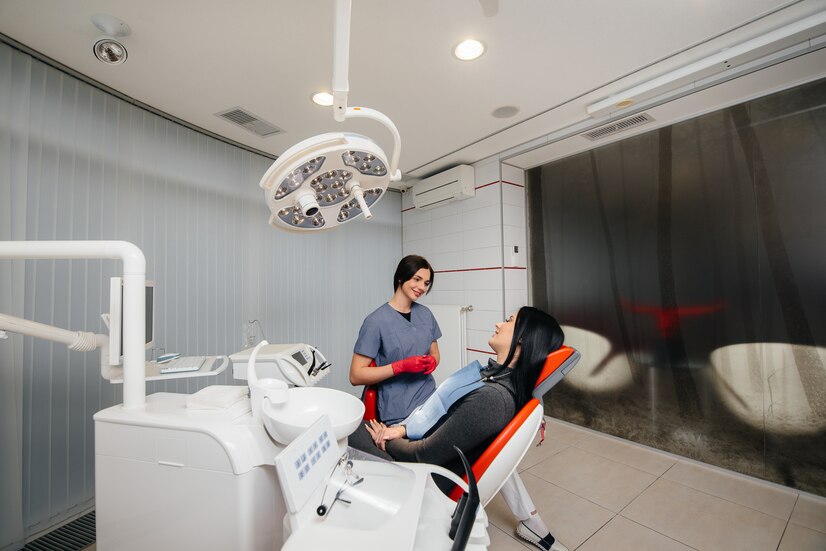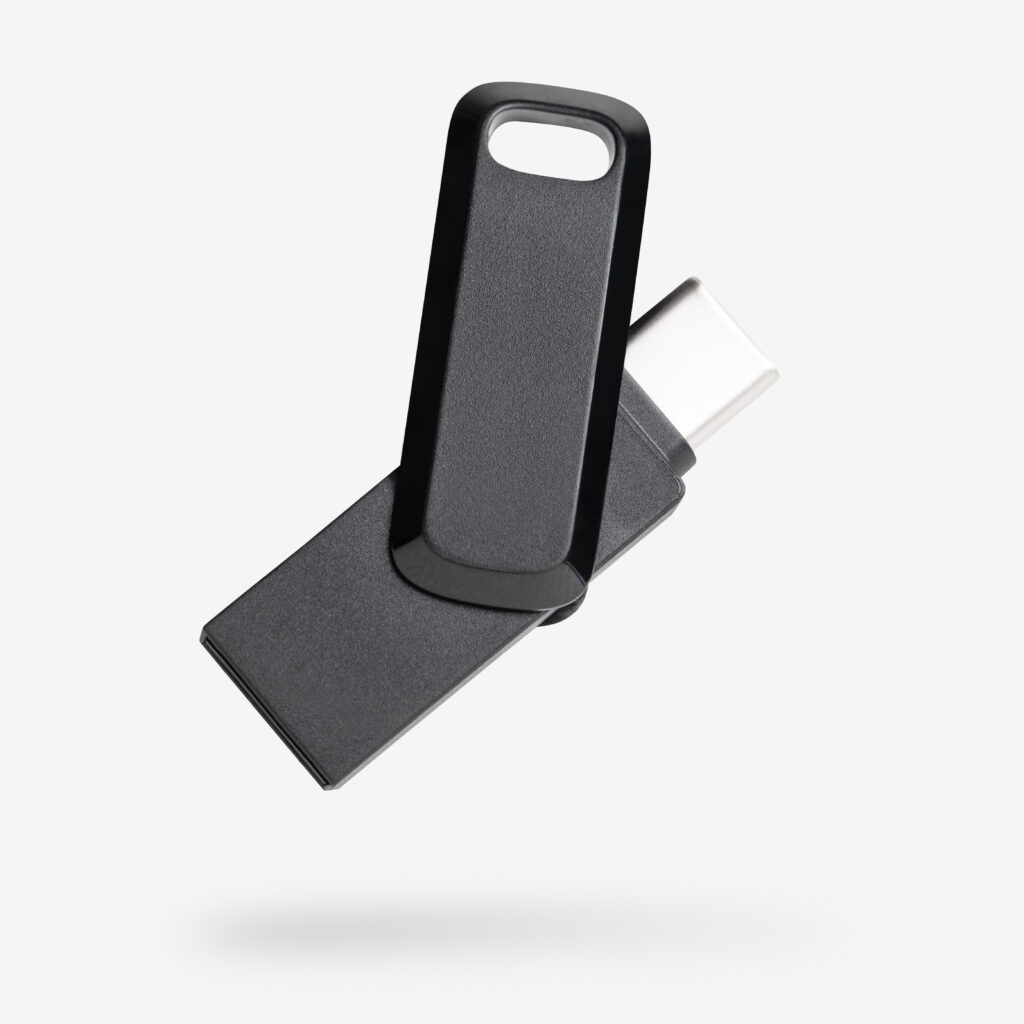Innovations in Dental Health: A Closer Look at Modern Dental Practices

Table of Contents Show
The Rise of Digital Dentistry
The era of digital dentistry has heralded a significant shift in how dental services are rendered. Seamless integration of advanced imaging with sophisticated Dental Assistant Staffing Agency protocols has enabled clinicians to provide precise, personalized, and efficient care. The digital transformation encompasses many technologies, notably digital imaging and three-dimensional printing, which have proved pivotal in diagnosis, treatment planning, and the execution of various dental procedures. Tailored dental implants and orthodontic devices are now produced with remarkable speed and accuracy, often during a single patient visit, marking an exceptional leap from conventional methods.
Advancements in Materials and Techniques
Concurrently, there is a sweeping advance in the materials and techniques used for dental restorations. The advent of biocompatible materials such as dental ceramics and composite resins has remarkably transformed the field. These advanced materials align well with the body’s biological context, reducing the likelihood of rejection and mirroring the appearance and function of natural teeth. They favor a conservative approach to tooth preparation and are conducive to minimally invasive dentistry, which conserves more of the natural tooth structure and promotes faster healing.
Moreover, the fine-tuned application of such materials is ever more attainable through sophisticated techniques and instruments, ensuring lasting and aesthetically pleasing results. Integrating these materials within the scope of modern dental practices has set higher standards for patient outcomes and satisfaction.
Integration of AI and Machine Learning
AI and machine learning technologies are paving the way for profound changes in the dental sector. These tools offer a forward-thinking approach to patient evaluation, customizing treatment plans based on predictive analytics considering a person’s unique dental records and history. AI’s capability to analyze vast datasets can assist dental practitioners in diagnosing with improved accuracy and crafting personalized preventative care strategies, distinguishing emerging patterns that the human eye might overlook.
This patient-centric approach facilitated by AI ensures that dental professionals can respond to existing dental issues and anticipate and prevent potential problems, safeguarding the patient’s long-term oral health. The profound impact of these intelligent technologies is reshaping dental practice, fostering a shift towards proactive rather than reactive care.
Emphasis on Preventative Care
The scope of dental innovation extends into proactive health management. Preventative care has taken center stage, emphasizing patient education and early detection of oral diseases. Such a preventative strategy perfectly fits the broader focus on health promotion and disease prevention in healthcare. Dental professionals are now equipped with advanced diagnostic tools, including digital radiography and intraoral cameras, that facilitate early identification of dental problems, often before they become symptomatic.
Through regular dental check-ups and patient education on proper oral hygiene techniques, dental practices focus on instilling a lifetime of healthy habits. This level of dedication to preventing dental diseases improves patients’ quality of life and mirrors the value placed on sustainable, long-term health maintenance within the field.
The Impact of Teledentistry
The reach of dental practices has been exponentially expanded through teledentistry, which has dismantled barriers to accessing care. By utilizing telecommunication technology, patients can obtain advice, diagnoses, and even follow-up care from the comfort of their homes. This novel mode of delivery is a boon for people in remote areas where access to dental services may be limited. In the wake of the COVID-19 pandemic, the importance of such remote access to healthcare professionals has been underscored, as teledentistry plays a crucial role in ensuring the continuity of care while adhering to public health guidelines.
Teledentistry, as an extension of telehealth, symbolizes a commitment to making dental care more inclusive and versatile. It represents a significant advance in the patient-centric approach, offering convenience and the promise of routine dental care for a broader population segment.
Sustainable Practices in Dental Offices
The dental sector is also witnessing a robust trend towards sustainability. Eco-friendly practices, like using biodegradable products and reducing chemical waste, are becoming an essential part of the conversation around dental office operations. Embracing sustainability suggests a dual benefit: a smaller ecological footprint and the potential for healthier indoor environments for both patients and staff.
Enhancing Patient Comfort and Experience
At the heart of all these innovations is enhancing the patient experience. Advancements in sedation techniques, for instance, have alleviated the anxiety and discomfort linked with dental procedures, making visiting the dentist’s office a less stressful ordeal. Pain management has also seen revolutionary improvements, with techniques designed to manage discomfort and provide patient-centric care that addresses individual thresholds and reactions to pain.
The overall patient experience has been further enriched by the thoughtful design of dental clinics, which now often incorporate serene and welcoming atmospheres. The physical environment and cutting-edge technology work in tandem to reassure patients and facilitate a more comfortable and calm dental visit.
Conclusion: Dentistry’s Future Focused on Comprehensive Care
The future of dentistry is marked by comprehensive care where the patient is the pivot around which all innovations revolve. The current trajectory of dental innovation is strategically oriented towards an interdisciplinary approach that regards oral health as essential to one’s overall well-being. These advancements bolster the concept that oral health is fundamental to general health and that dental professionals are essential in facilitating a healthier population. As we continue to welcome these advancements, we can anticipate a dental care landscape that is increasingly adaptable, sustainable, and supportive of the enduring oral and systemic health of patients globally.





Responses